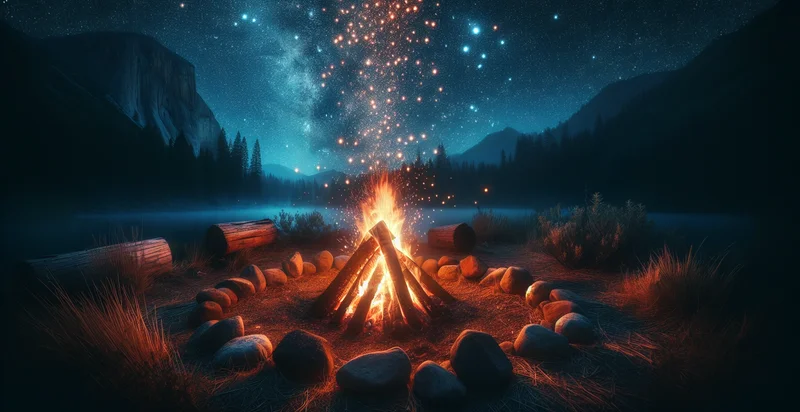Identify if there's a campsite
using AI
Below is a free classifier to identify if there's a campsite. Just upload your image, and our AI will predict if there's a campsite - in just seconds.

Contact us for API access
Or, use Nyckel to build highly-accurate custom classifiers in just minutes. No PhD required.
Get started
import nyckel
credentials = nyckel.Credentials("YOUR_CLIENT_ID", "YOUR_CLIENT_SECRET")
nyckel.invoke("if-there's-a-campsite", "your_image_url", credentials)
fetch('https://www.nyckel.com/v1/functions/if-there's-a-campsite/invoke', {
method: 'POST',
headers: {
'Authorization': 'Bearer ' + 'YOUR_BEARER_TOKEN',
'Content-Type': 'application/json',
},
body: JSON.stringify(
{"data": "your_image_url"}
)
})
.then(response => response.json())
.then(data => console.log(data));
curl -X POST \
-H "Content-Type: application/json" \
-H "Authorization: Bearer YOUR_BEARER_TOKEN" \
-d '{"data": "your_image_url"}' \
https://www.nyckel.com/v1/functions/if-there's-a-campsite/invoke
How this classifier works
To start, upload your image. Our AI tool will then predict if there's a campsite.
This pretrained image model uses a Nyckel-created dataset and has 2 labels, including Campsite Not Present and Campsite Present.
We'll also show a confidence score (the higher the number, the more confident the AI model is around if there's a campsite).
Whether you're just curious or building if there's a campsite detection into your application, we hope our classifier proves helpful.
Recommended Classifiers
Need to identify if there's a campsite at scale?
Get API or Zapier access to this classifier for free. It's perfect for:
- Campsite Locator App: This application utilizes the campsite identifier to help outdoor enthusiasts find available campsites in real-time. Users can simply upload images from their location, and the app will determine if there’s a campsite nearby, enhancing their adventure planning experience.
- Environmental Monitoring: Organizations can use the campsite identification function to monitor and record campsite locations within protected natural areas. This data can inform conservation efforts, ensuring that popular spots are not overused and that wildlife habitats remain intact.
- Camping Equipment Rental Service: A camping gear rental company can integrate this identifier into their platform, allowing customers to verify the presence of campsites at their intended destinations. This feature can help customers choose suitable locations for renting equipment and planning their trips.
- Camping Safety Application: A safety-oriented app can employ the campsite identifier to notify users of nearby campsites during hiking trips. This service can be invaluable in emergencies, providing hikers with a quick reference to potential shelter locations.
- Tourism Development Planning: Local government and tourism boards can leverage campsite identification technology to analyze trends in camping sites and develop strategies for promoting tourism. By understanding where campsites are located, authorities can better allocate resources for maintenance and improve visitor experiences.
- Outdoor Activity Platforms: Websites or apps that organize outdoor activities (like guided hikes) can use the campsite identifier to enrich their offerings. They can suggest nearby campsites to participants for pre- or post-activity stays, enhancing overall engagement with outdoor experiences.
- Research in Recreation Patterns: Academic researchers studying recreational patterns can incorporate the campsite identifier function into their studies. By analyzing identified campsites, they can gather data on camping trends, usage frequency, and visitor preferences, contributing to knowledge in the fields of recreation and environmental science.


